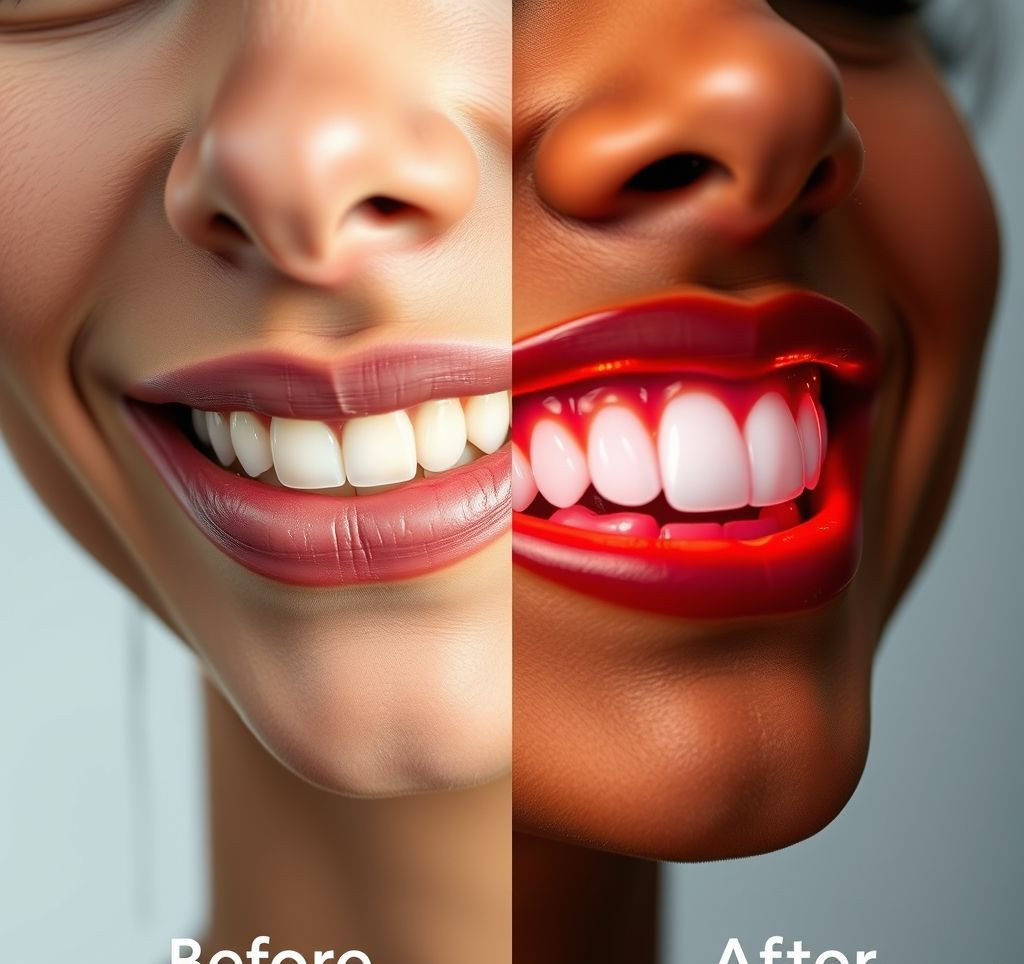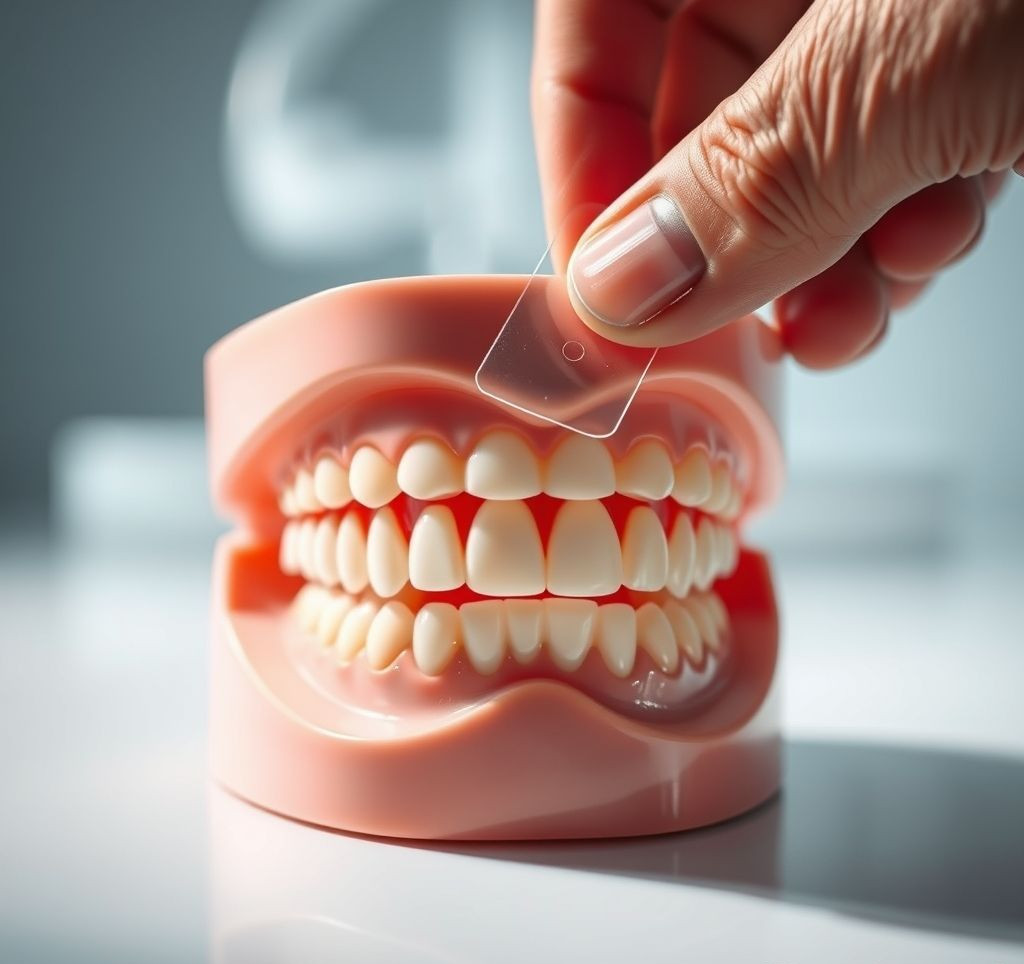In the realm of fitness and physical well-being, a strong core is paramount. But it’s not just about aesthetics; it’s about stability, power, and injury prevention. Learn to protect your spine and elevate your performance by discovering the essence of core bracing.
Why Core Bracing is Crucial for Everyone
Core bracing is more than just tightening your abs. It’s a technique that engages all the muscles surrounding your torso to create a rigid, protective shield. Understanding and implementing proper bracing can provide benefits to athletes, casual exercisers, and anyone seeking improved posture and reduced risk of injury. Here’s why it’s so valuable:
- Enhanced Stability: Bracing provides a stable base for movement, allowing you to generate more force and control in activities ranging from lifting weights to carrying groceries.
- Spinal Protection: A braced core acts as a natural weightlifting belt, supporting the spine and mitigating the risk of back pain and injuries, especially during heavy lifting or high-impact activities.
- Improved Performance: With a stable core, your body can transfer power more efficiently, leading to increased strength, speed, and agility.
- Injury Prevention: By strengthening the core and improving stability, bracing reduces the risk of injuries related to poor posture, muscle imbalances, and improper movement patterns.
- Everyday Functionality: A strong, braced core improves balance, posture, and overall body awareness, making everyday tasks easier and more comfortable.
Core Principles of Effective Bracing
Before diving into the how-to, it’s crucial to understand the underlying principles of effective core bracing. This isn’t about simply sucking in your stomach; it’s a coordinated effort involving multiple muscle groups.
- Concentric Contraction: Engage all your core muscles simultaneously, including the rectus abdominis, obliques, transverse abdominis, and erector spinae. Think of it as creating tension around your entire torso.
- Neutral Spine Alignment: Maintain a natural curve in your lower back. Avoid excessive rounding or arching.
- Breathing Technique: Breathe diaphragmatically, expanding your abdomen and lower ribcage during inhalation, and maintaining core tension during exhalation.
- Gradual Progression: Start with lighter loads and gradually increase the intensity as your core strength and bracing technique improve.
A Step-by-Step Guide to Mastering the Bracing Technique
Now, let’s break down the bracing technique into manageable steps. Practice this technique regularly to develop muscle memory and improve your core stability. A study published in the *Journal of Strength and Conditioning Research* found that consistent core training significantly improves stability and reduces the risk of lower back pain.
- Find a Comfortable Stance: Stand with your feet shoulder-width apart, knees slightly bent, and maintain a neutral spine.
- Diaphragmatic Breathing: Place your hands on your stomach and take a deep breath, allowing your abdomen to expand.
- Engage Core Muscles: Simultaneously contract your abdominal muscles as if you are preparing to receive a punch to the stomach. You should feel a firm, all-around tension.
- Maintain Neutral Spine: Ensure that your lower back remains in a natural, slightly arched position. Avoid over-arching or rounding.
- Controlled Breathing: Continue breathing deeply throughout the exercise, maintaining core tension on each exhale.
- Practice and Refine: Practice bracing in various positions (standing, sitting, lying down) to improve your core stability and control.
Expert Tips & Best Practices for Optimal Bracing
To truly master the art of bracing, consider these expert tips and best practices to maximize its effectiveness and minimize the risk of injury.
- Visualize: Imagine you are wearing a weightlifting belt and tightening it around your core. This mental cue can enhance muscle activation.
- Avoid Holding Your Breath: While bracing requires core tension, it’s crucial to continue breathing throughout the exercise. Avoid holding your breath, which can increase blood pressure and reduce stability.
- Progressive Overload: Gradually increase the intensity and duration of your bracing exercises to promote ongoing core strength development.
- Listen to Your Body: Pay attention to any pain or discomfort in your back or core. If you experience any issues, consult with a healthcare professional or qualified trainer.
“Core strength is more than just having visible abs; it’s about having a strong, stable foundation for movement and preventing injuries.” – Dr. Stuart McGill, World-Renowned Spine Biomechanics Expert
By implementing core bracing effectively, you can protect your spine, enhance your performance, and improve your overall physical well-being. Make it a cornerstone of your training regimen and daily life!



















